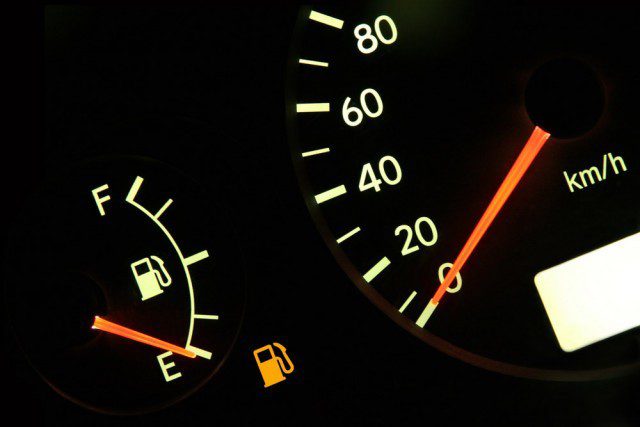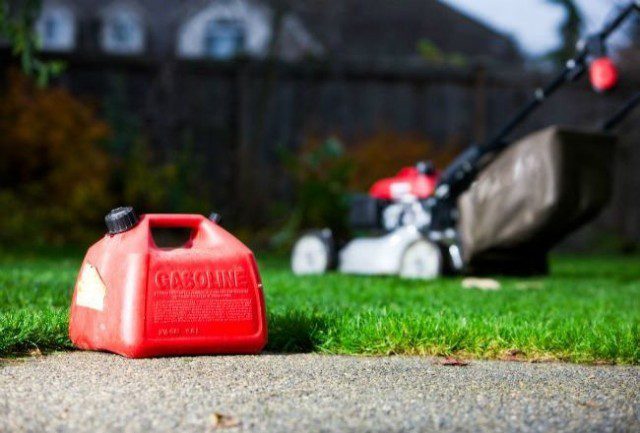
How to charge correctly: up or down?
Riding with a full tank is better for the engine. But keep in mind that gasoline also has a deadline.
When it comes to refueling, there are two types of drivers. The former fill up the tank to the brim every time you stop at a gas station. The rest most often have a fixed amount and discard it at 30 leva, 50 leva. However, which of the two rules is more favorable for the condition of your car?

Human psychology often prompts us to add a little gasoline to lower our gas station bill. However, this has other negative consequences besides wasting time.
First of all, we note that tanks of different sizes are on different machines. Some small cars or hybrids have as little as 30-35 litres, a normal hatchback holds 45-55 litres, and large SUVs like the BMW X5 for example have a capacity of over 80 litres. Refueling such a monster, even with the current fall in gasoline prices, will cost you 120-130 levs - an impressive amount.
This is usually a characteristic of the human brain: its natural tendency to strive for more profits and, which is important in this case, for less losses. For the same reason, many people prefer to take a TV or iPhone in installments and pay 100 BGN per month, instead of saving and giving the amount right away (saving a lot of interest).

Water has a higher density than standard motor gasoline and is therefore heavier.
Something similar happens with gasoline, but of course there is no interest. The only thing you lose when refueling in small portions is your own time - so you will have to go to the gas station more often.
But what does the car lose from this approach? As Fifth Wheel points out, water inevitably collects in the tank. This is the condensation of moisture in the air, which is formed during a temperature difference. And since water is heavier than most types of gasoline, it sinks to the bottom of the tank, exactly where the fuel pump normally powers the engine.
The more air in the tank, the more condensation will form. And vice versa - the fuller the fuel tank, the less room there is for air, and the less moisture gets inside. Therefore, the policy of recharging, and often supplementing, is better, TFW insists. It is true that a full tank adds weight to the car and therefore increases the cost, but the difference is so small that it is not worth paying attention to. There is one more thing: gas stations often have bonus programs that are triggered when filling more than certain liters and volumes. If you pour often and little, these bonuses are lost.

When stored in a well-closed container, gasoline retains its properties for 3 to 6 months. It may then catch on fire, but usually you risk damaging the engine.
By this logic, it would be a good idea to fill up if you are going to leave the car in the garage for a long time. But here comes a consideration that TFW doesn't mention: the durability of gasoline. Over time, it oxidizes and some of its more volatile components evaporate. However, the shelf life is not very long - standard gasoline usually "lives" for three to six months when stored in tightly closed plastic or metal containers (for example, tanks). After this period, the fuel loses its flammability and can cause serious engine damage. Therefore, in the case of a long stay, it is better to leave the car with a small amount of fuel, and fill it up with fresh gasoline before the next trip. There are also many additives designed to remove moisture from the fuel system, but this is a separate topic that we considered here.

